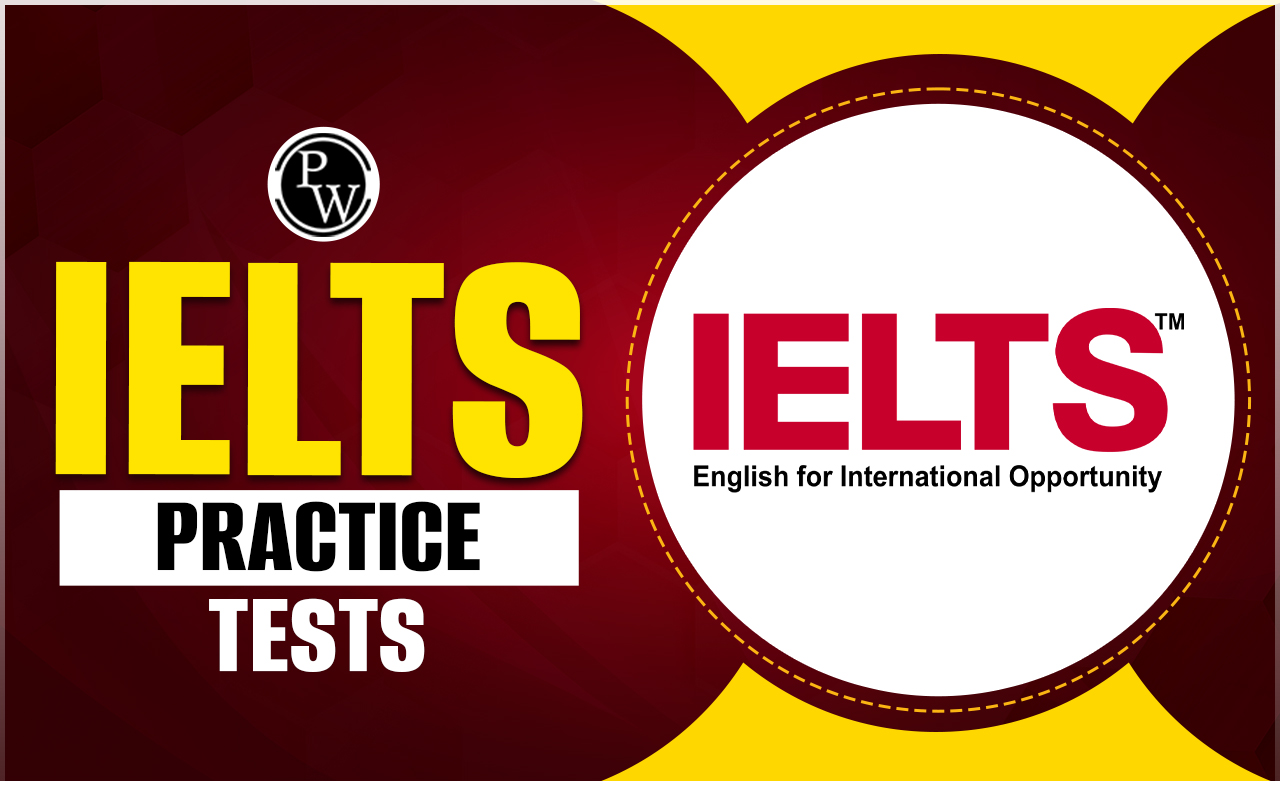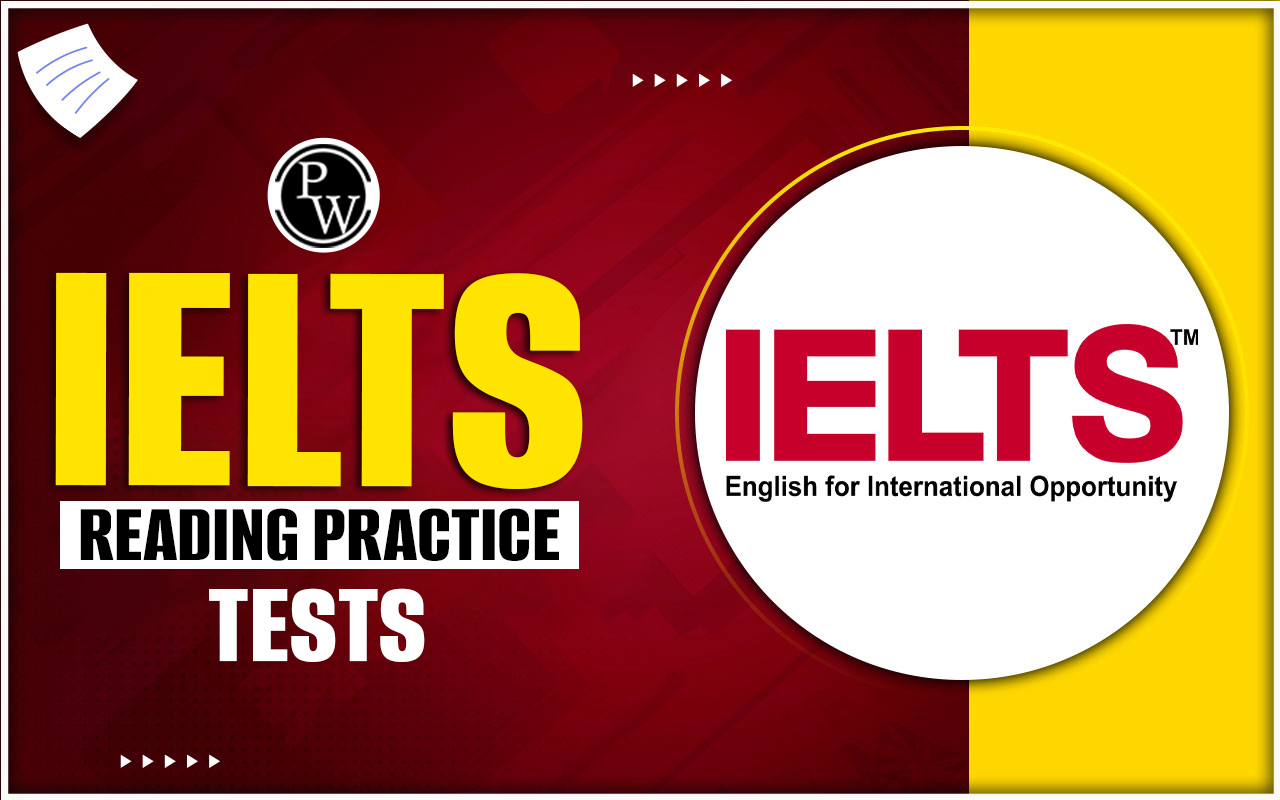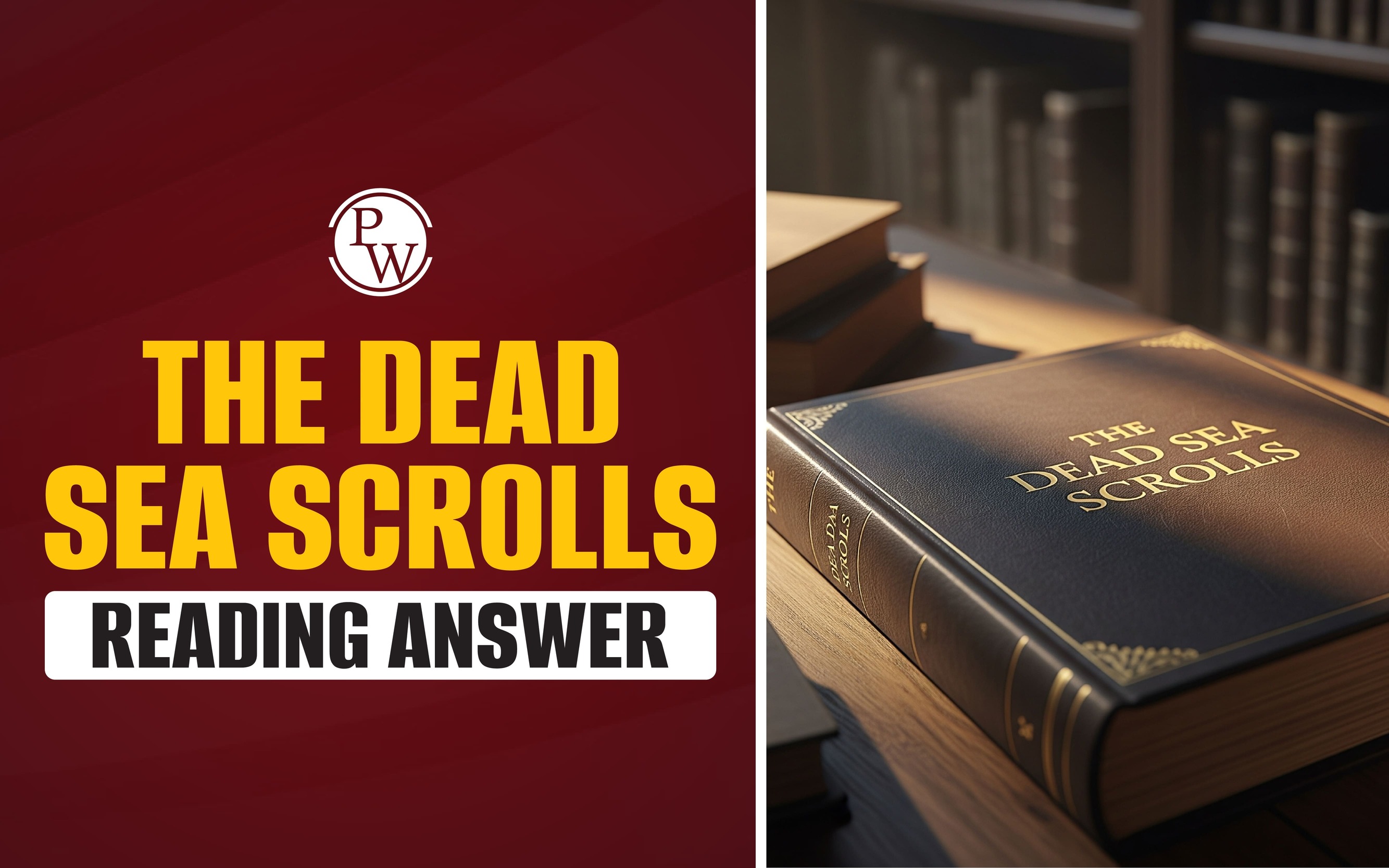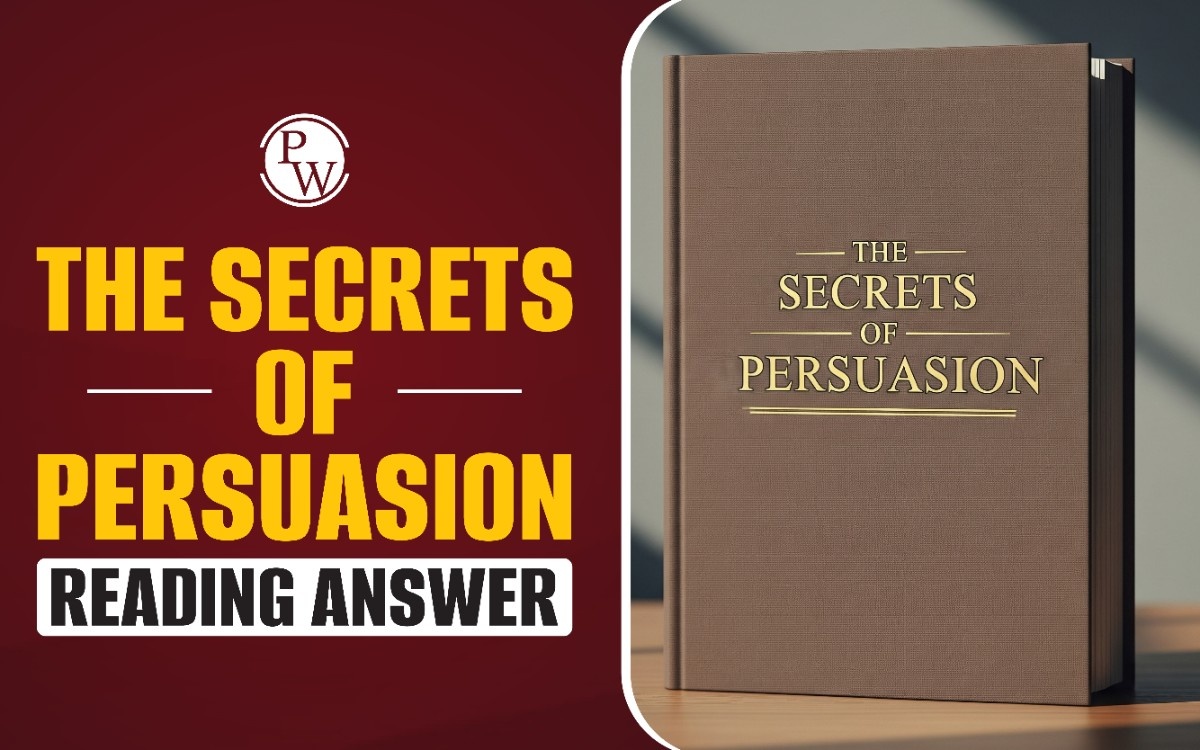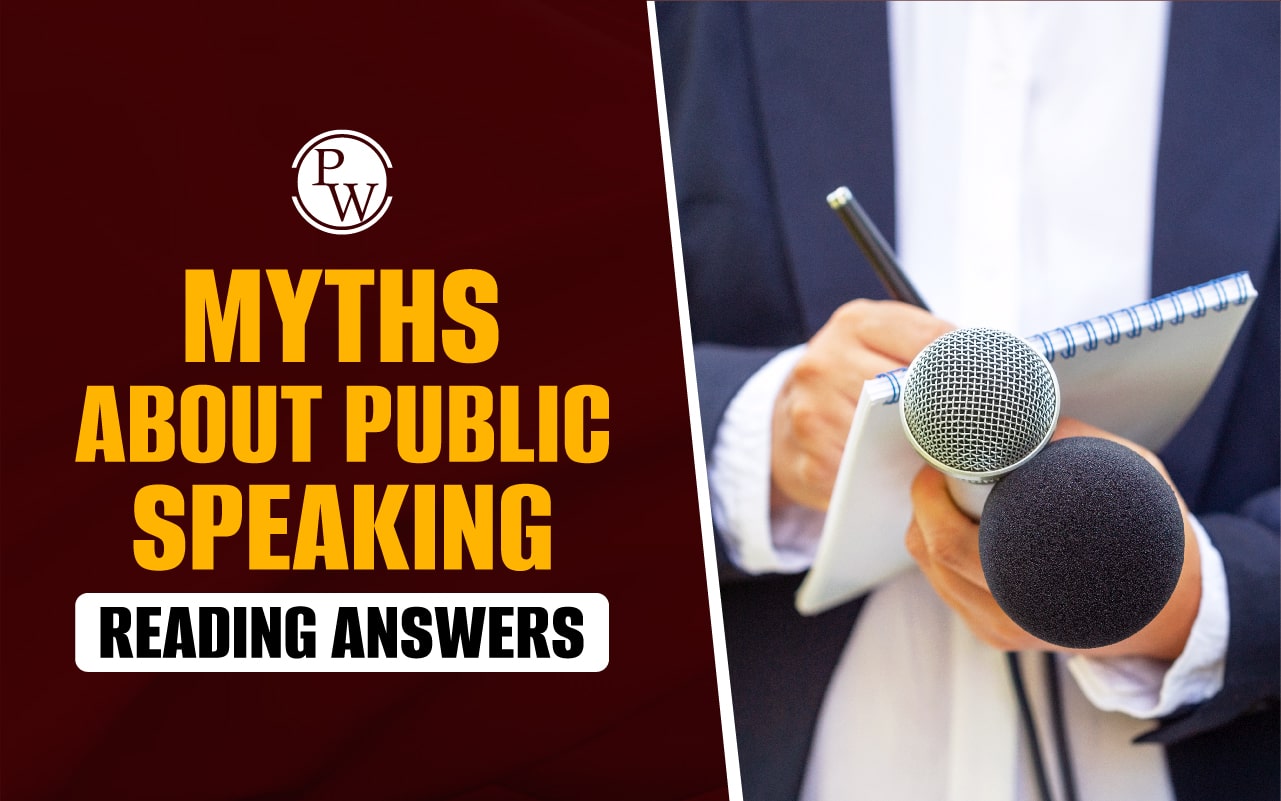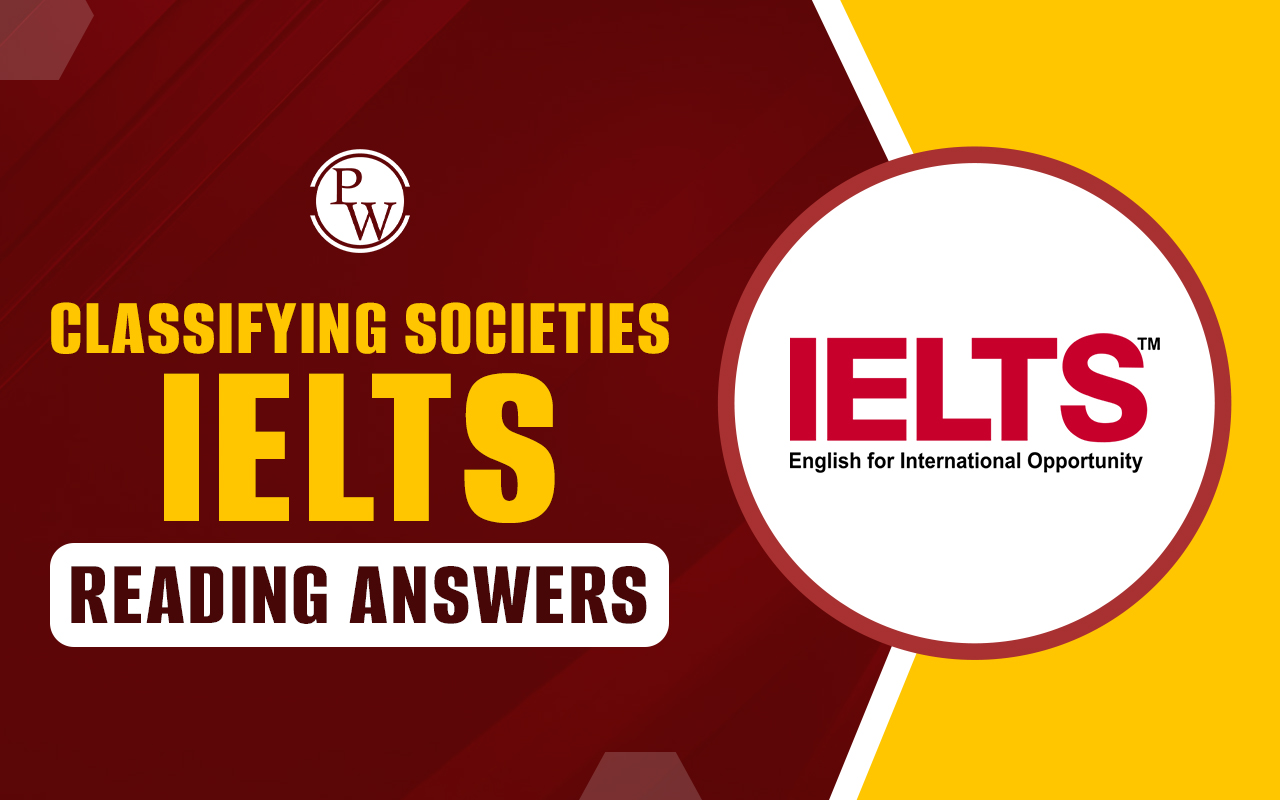
Classifying Societies IELTS Reading Answers : The passage offers a detailed description of different types of societies. Based on the passage a total of 13 questions are prepared discussing the history, people, culture, and other related information. The 13 questions are divided into two broad categories: IELTS Reading True False Not Given and IELTS Reading Short Answer Questions.
Aspirants are advised to practice the “Classifying Societies IELTS Reading Answers” passage and track their preparation level for the IELTS exam. Additionally, use our model answers to compare your progress for a high IELTS band score . Classifying Societies IELTS Reading Answers is a very popular topic in IELTS Reading Test , therefore, practicing sample passages with questions can improve your overall score.Free IELTS Reading Practice Tests, Cambridge Sample Test PDF
Classifying Societies IELTS Reading Answers Passage
You should spend about 20 minutes on Questions 1-13, which are based on the Reading Passage below.Classifying Societies
1. Although humans have established many types of societies throughout history, sociologists and anthropologists tend to classify different societies according to the degree to which different groups within a society have unequal access to advantages such as resources, prestige or power, and usually refer to four basic types of societies. From least to most socially Complex they are clans, tribes, chiefdoms and states. 2. Clan: These are small-scale societies of hunters and gatherers, generally of fewer than 100 people, who move seasonally to exploit wild (undomesticated) food resources. Most surviving hunter-gatherer groups are of this kind, such as the Hadza of Tanzania or the San of southern Africa. Clan members are generally kinsfolk, related by descent or marriage. Clans lack formal leaders, so there are no marked economic differences or disparities in status among their members. 3. Because clans are composed of mobile groups of hunter-gatherers, their sites consist mainly of seasonally occupied camps, and other smaller and more specialised sites. Among the latter are kill or butchery sites—locations where large mammals are killed and sometimes butchered — and work sites, where tools are made or other specific activities carried out. The base camp of such a group may give evidence of rather insubstantial dwellings or temporary shelters, along with the debris of residential occupation. 4. Tribe: These are generally larger than mobile hunter-gatherer groups, but rarely number more than a few thousand, and their diet or subsistence is based largely on cultivated plants and domesticated animals. Typically, they are settled farmers, but they may be nomadic with a very different, mobile economy based on the intensive exploitation of livestock. These are generally multi-community societies, with the individual communities integrated into the larger society through kinship ties. Although some tribes have officials and even a “capital” or seat of government, such officials lack the economic base necessary for effective use of power. 5. The typical settlement pattern for tribes is one of settled agricultural homesteads or villages. Characteristically, no one settlement dominates any of the others in the region. Instead, the archaeologist finds evidence for isolated, permanently occupied houses or for permanent villages. Such villages may be made up of a collection of free-standing houses, like those of the first farms of the Danube Valley in Europe. Or they may be clusters of buildings grouped together, for example, the pueblos of the American Southwest, and the early farming village or small town of Ҫatalhöyük in modern Turkey. 6. Chiefdom: These operate on the principle of ranking—differences in social status between people. Different lineages (a lineage is a group claiming descent from a common ancestor) are graded on a scale of prestige, and the senior lineage, and hence the society as a whole, is governed by a chief. Prestige and rank are determined by how closely related one is to the chief, and there is no true stratification into classes. The role of the chief is crucial. 7. Often, there is local specialisation in craft products, and surpluses of these and of foodstuffs are periodically paid as obligation to the chief. He uses these to maintain his retainers, and may use them for redistribution to his subjects. The chiefdom generally has a center of power, often with temples, residences of the chief and his retainers, and craft specialists. Chiefdoms vary greatly in size, but the range is generally between about 5000 and 20,000 persons. 8. Early State: These preserve many of the features of chiefdoms, but the ruler (perhaps a king or sometimes a queen) has explicit authority to establish laws and also to enforce them by the use of a standing army. Society no longer depends totally upon kin relationships: it is now stratified into different classes. Agricultural workers and the poorer urban dwellers form the lowest classes, with the craft specialists above, and the priests and kinsfolk of the ruler higher still. The functions of the ruler are often separated from those of the priest: the palace is distinguished from the temple. The society is viewed as a territory owned by the ruling lineage and populated by tenants who have an obligation to pay taxes. The central capital houses a bureaucratic administration of officials; one of their principal purposes is to collect revenue (often in the form of taxes and tolls) and distribute it to government, army and craft specialists. Many early states developed complex redistribution systems to support these essential services. 9. This rather simple social typology, set out by Elman Service and elaborated by William Sanders and Joseph Marino, can be criticised, and it should not be used unthinkingly. Nevertheless, if we are seeking to talk about early societies, we must use words and hence concepts to do so. Service’s categories provide a good framework to help organise our thoughts.Classifying Societies IELTS Reading Answers Sample Questions
IELTS Reading True/False/Not Given Questions (Q.1 – Q.7) 1. Sociologists and anthropologists classify societies based on their population size. 2. Clans lack formal leadership and economic disparity among their members. 3. Tribal societies are mostly composed of mobile hunter-gatherers. 4. Chiefdoms are governed by a chief whose power is based on prestige and kinship. 5. Early states maintain kinship as the primary basis of societal organization. 6. The central administration in early states was responsible for collecting revenue and redistributing it. 7. William Sanders and Joseph Marino created the concept of the social typology discussed in the passage. IELTS Reading Short Answer Questions (Q.8 – Q.13) 8. How do sociologists classify societies according to their complexity? 9. What type of food resources do clans primarily rely on? 10. What is the typical settlement pattern for tribes? 11. Who governs a chiefdom, and what determines their rank? 12. What functions are separated in early states between the palace and temple? 13. According to the passage, what is one purpose of the Service's typology? Also Read:- Should You Use All Capital Letters in the IELTS Listening and Reading Tests
- IELTS Reading Mistakes
- How to Improve IELTS Reading Score
- How to Manage Time in IELTS Reading
Classifying Societies IELTS Reading Answers with Explanation
Q1. Sociologists and anthropologists classify societies based on their population size. Answer: False Explanation: Paragraph A of the passage mentions the use of “the degree to which different groups within a society have unequal access to advantages such as resources, prestige or power, and usually refer to four basic types of societies.” by sociologists to classify societies rather than population size. Q2. Clans lack formal leadership and economic disparity among their members. Answer: True Explanation: Paragraph B mentions "Clans lack formal leaders, so there are no marked economic differences or disparities in status among their members." Q3. Tribal societies are mostly composed of mobile hunter-gatherers. Answer: False Explanation: Paragraph D states that tribes "are generally larger than mobile hunter-gatherer groups, but rarely number more than a few thousand, and their diet or subsistence is based largely on cultivated plants and domesticated animals.” Q4. Chiefdoms are governed by a chief whose power is based on prestige and kinship. Answer: True Explanation: Paragraph F states "The society as a whole, is governed by a chief. Prestige and rank are determined by how closely related one is to the chief" Q5. Early states maintain kinship as the primary basis of societal organization. Answer: False Explanation: Paragraph H mentions, “Society no longer depends totally upon kin relationships: it is now stratified into different classes.” Q6. The central administration in early states was responsible for collecting revenue and redistributing it. Answer: True Explanation: Paragraph H states that "The central capital houses a bureaucratic administration of officials; one of their principal purposes is to collect revenue (often in the form of taxes and tolls) and distribute it to government, army and craft specialists.” Q7. William Sanders and Joseph Marino created the concept of the social typology discussed in the passage. Answer: False Explanation: Paragraph I states that “This rather simple social typology, set out by Elman Service and elaborated by William Sanders and Joseph Marino.” Q8. How do sociologists classify societies according to their complexity? Answer: By the degree of unequal access to resources, prestige, or power. Explanation: Paragraph A outlines that sociologists use concepts of unequal access to advantages such as resources, prestige, or power to classify societies. Q9. What type of food resources do clans primarily rely on? Answer: Wild, undomesticated food resources. Explanation: Paragraph B states that clans are "hunters and gatherers" who "exploit wild (undomesticated) food resources." Q10. What is the typical settlement pattern for tribes? Answer: Settled agricultural homesteads or villages. Explanation: In paragraph E, it is mentioned that tribes typically have settled agricultural homesteads or villages. Q11. Who governs a chiefdom, and what determines their rank? Answer: A chief; rank is determined by closeness of relation to the chief. Explanation: Paragraph F states "The society as a whole, is governed by a chief. Prestige and rank are determined by how closely related one is to the chief". Q12. What functions are separated in early states between the palace and temple? Answer: Ruling and religious functions. Explanation: In paragraph H, it is mentioned that in early the functions of the ruler were often separated from those of the priest. For instance, an example of a palace and temple is used to distinguish the functions of a ruler from the priest. Q13. According to the passage, what is one purpose of Service's typology? Answer: To provide a framework to organize thoughts about early societies. Explanation: Paragraph I mentions that "Service’s categories provide a good framework to help organize our thoughts".| IELTS Exam Important Links | |
|---|---|
| IELTS Reading Band Score | IELTS Listening Band Score |
| IELTS Speaking Band Score | IELTS Writing Band Score |
Tips for Answering Classifying Societies IELTS Reading Answers
Here’s a list including some important tips and tricks for Classifying Societies IELTS Reading Answers:| Classifying Societies IELTS Reading Answers Tips | |
|---|---|
| Tip | Explanation |
| Understand the Classification Criteria | Identify groups or categories in the passage. |
| Note Keywords in Each Section | Highlight significant words or phrases to quickly locate answers. |
| Focus on Specific Examples | Look for details or cases that clarify broader points in the text. |
| Use the Passage Structure for Clues | Follow headings, subheadings, or paragraph patterns to guide your answers. |
| Locate Vocabulary in Context | Guess the meaning of challenging words by analyzing nearby sentences. |
| Handle Complex Questions Strategically | Break down long or multi-part questions into simpler sections. |
| Identify Key Figures and Contributions | Recognize names and their associated achievements or roles in the passage. |
| Use Logical Reasoning for True/False/Not Given | Use references from the passage to logically verify statements. |
| Understand Relationships Between Concepts | Track connections between themes, ideas, or arguments in the passage. |
How to Manage Time in IELTS Reading
Guidance of PW IELTS
Physics Wallah offers a few popular online IELTS courses for students. To better prepare for the exam, follow the latest IELTS articles.| IELTS Exam Other Related Links | |
|---|---|
| IELTS Registration | IELTS Eligibility Criteria |
| IELTS Exam Pattern | IELTS Syllabus |
| IELTS Exam Dates | IDP IELTS Test Centers |
Classifying Societies IELTS Reading Answers FAQs
What are the four basic types of societies mentioned in the passage?
The four basic types of societies mentioned in the passage are clans, tribes, chiefdoms, and states.
Why are chiefdoms considered ranked societies?
In chiefdoms, prestige, and social status are determined by the close lineage with the chief, therefore, they are called ranked societies.
How do early states differ from chiefdoms?
Early states have class stratification, centralized governance, taxation, and a standing army, which are different from chiefdoms.
What role does the passage attribute to Elman Service?
Elman Service developed the framework of societal classification which provided a useful structure for understanding early societies.
Free Learning Resources
PW Books
Notes (Class 10-12)
PW Study Materials
Notes (Class 6-9)
Ncert Solutions
Govt Exams
Class 6th to 12th Online Courses
Govt Job Exams Courses
UPSC Coaching
Defence Exam Coaching
Gate Exam Coaching
Other Exams
Know about Physics Wallah
Physics Wallah is an Indian edtech platform that provides accessible & comprehensive learning experiences to students from Class 6th to postgraduate level. We also provide extensive NCERT solutions, sample paper, NEET, JEE Mains, BITSAT previous year papers & more such resources to students. Physics Wallah also caters to over 3.5 million registered students and over 78 lakh+ Youtube subscribers with 4.8 rating on its app.
We Stand Out because
We provide students with intensive courses with India’s qualified & experienced faculties & mentors. PW strives to make the learning experience comprehensive and accessible for students of all sections of society. We believe in empowering every single student who couldn't dream of a good career in engineering and medical field earlier.
Our Key Focus Areas
Physics Wallah's main focus is to make the learning experience as economical as possible for all students. With our affordable courses like Lakshya, Udaan and Arjuna and many others, we have been able to provide a platform for lakhs of aspirants. From providing Chemistry, Maths, Physics formula to giving e-books of eminent authors like RD Sharma, RS Aggarwal and Lakhmir Singh, PW focuses on every single student's need for preparation.
What Makes Us Different
Physics Wallah strives to develop a comprehensive pedagogical structure for students, where they get a state-of-the-art learning experience with study material and resources. Apart from catering students preparing for JEE Mains and NEET, PW also provides study material for each state board like Uttar Pradesh, Bihar, and others
Copyright © 2025 Physicswallah Limited All rights reserved.




